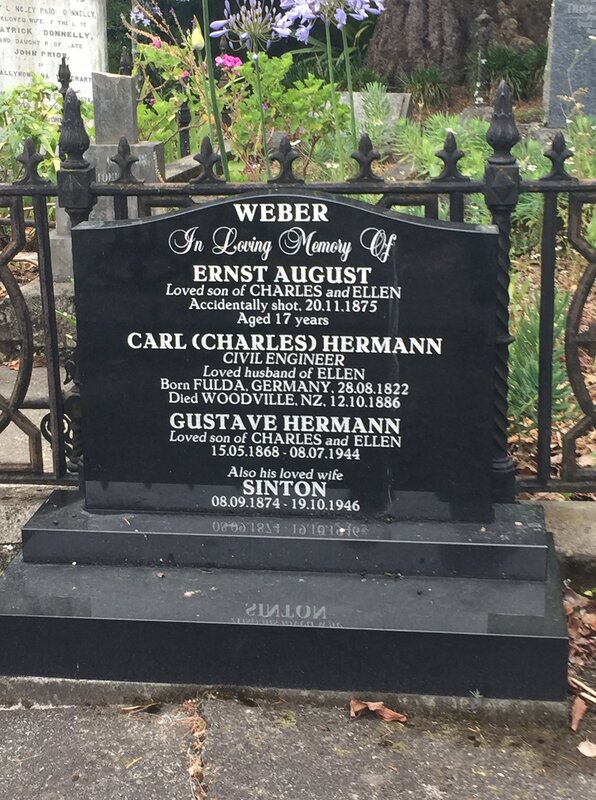|
A lot of Hawke’s Bay looks the way it does because of one man.
Streets, the waterfront, railway lines and drainage were all under the overview of Charles - or Carl - Hermann Weber, a noted surveyor who mysteriously died while out surveying land. The tiny Central Hawke’s Bay town of Weber was named after him along with a street in Woodville. Weber township, some 28 kilometres south-east of Dannevirke, was founded as an overnight stop for coach teams heading for the coast. It had once been a thriving little town. Weber also had a little cemetery - now just a memorial. Charles Weber is, however, not buried in his namesake town. Weber was born on August 28, 1822 in the town of Fulda in Germany to Ludwig Christian Weber and Maria Franzisca Ruperti along with five brothers and three sisters. One of his brothers was noted English doctor Sir Hermann Weber. He served in the Army and attained the rank of Captain of Engineers. But in 1848, after he refused to fire on people during a revolution, he was cashiered. He fled to the United States of America and there he was one of a party, under the leadership of General John Fremont, which helped lay the transcontinental railway from New York between 1846 and 1853. Weber moved on to the romantic-sounding South Seas Islands, which we now call the Pacific Islands, as part of the sandalwood and beche-de-mer (sea cucumber) trade. Next he spent time in South America before moving on to Australia where he bought a large cattle run but he was forced to give it up when gold fever struck and he was unable to keep farm hands. In Melbourne he met and married Ellen Powell Drewe. It was in Sydney that he took tests to become a surveyor and was lured to New Zealand in 1860 by the founding of a new province - Hawke’s Bay - to be the chief surveyor. In 1866 he became the Provincial Engineer of Hawke’s Bay, a position he held for five years before joining the Public Works department employed in the preliminary survey of the Manawatu railway line. It was Weber who supervised the construction of the Napier breakwater, advised on massive drainage projects and on the development of Napier Harbour. He was also involved in the planning of the train and road through the Manawatū Gorge. After a time in private practice he retired, but continued to take an interest in the nearby town of Woodville. In 1886 Weber headed out to look at some land near Mangatainoka. He was last seen on the coach near Pahiatua. He went into the bush and disappeared. Searches were mounted and rewards offered but it would be three years before his body was found by bush fellers near Makakahi. An inquest returned the finding that he became lost and died of exposure. Weber is buried at the Old Napier Cemetery with other members of his family including one of his sons, Ernest who died after being accidently shot while a cadet clerk with the railways by another clerk playing with a loaded gun.
0 Comments
Leave a Reply. |
AuthorFran and Deb's updates Archives
May 2025
Categories |

 RSS Feed
RSS Feed